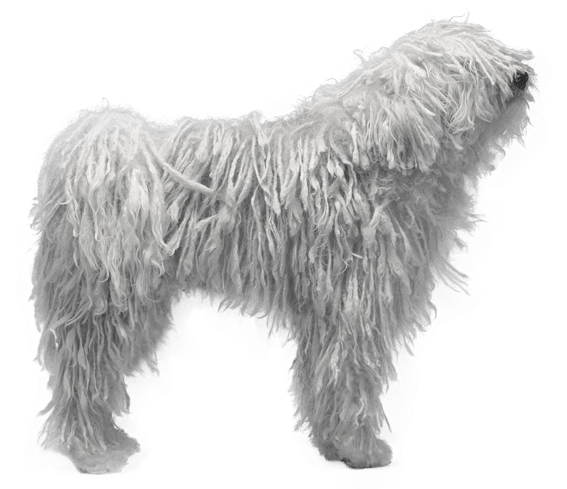Komondor Breed Maintenance
The unique haircoat should never be brushed or combed. To keep it clean it needs to be divided into cords and trimmed. Going over the coat to remove debris and check for parasites such as ticks or fleas is important. Being white in color, they need bathing (but not too often as it can ruin the thickness of their white coat) and it does take a long time to dry that thick coat. If you can train them to stand by a fan or to tolerate a blow dryer carefully utilised it may make it a lot quicker. These dogs can live in a town environment but are much more suited to the country especially a large yard and high fences. When they are not working (as in being a flock guardian), they can become lazy and will sleep for hours on end. They need to be taken for a daily brisk walk to keep them fit and healthy. This dog does well in most climates and can take the toughest of weathers. Maintenance requirements include regular exercise, coat upkeep, bathing and checking their ears and eyes for infections.






